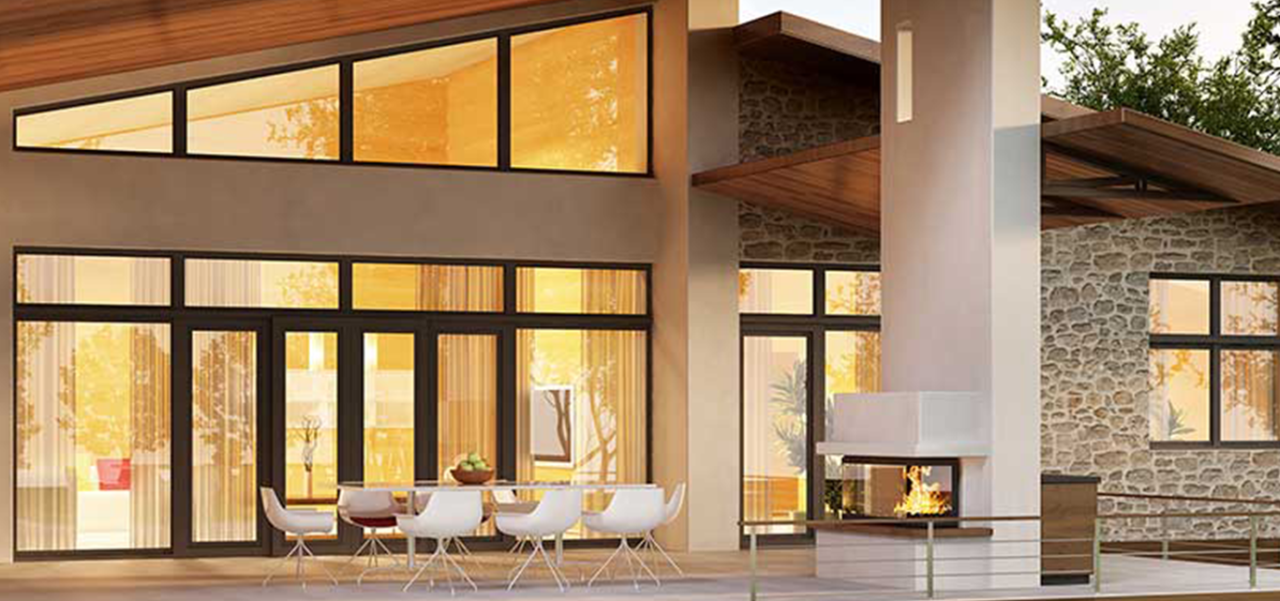The Ultimate Guide to Home Window Tint: Benefits, Types, Installation, and Maintenance?

Home window tint has become an increasingly popular choice for homeowners who want to enhance privacy, reduce energy costs, and improve their living spaces’ overall comfort and aesthetics. With a wide range of tinting options available, homeowners can choose solutions that meet their specific needs, from UV protection to glare reduction and heat insulation. This comprehensive guide will explore the benefits of home window tint, the different types available, the installation process, and essential maintenance tips.
What is Home Window Tint?
Home window tint is a thin film applied to the interior or exterior of windows to improve their performance in various ways. These films are typically made from polyester or similar materials and can have multiple properties to control the amount of light and heat that passes through the glass. Home window tinting offers increased privacy, improved energy efficiency, and UV protection. The tint can also enhance the look of a home by adding a sleek, modern aesthetic.
Benefits of Home Window Tint
- Energy Efficiency
One of the primary benefits of home window tint is its ability to improve energy efficiency. By blocking a portion of the sun’s heat, tinted windows reduce the heat entering your home. This, in turn, reduces the workload on your air conditioning system, leading to lower energy bills. During the colder months, certain types of window tint can also help retain heat, improving insulation.
- UV Protection
UV rays from the sun can harm your skin, furniture, flooring, and artwork. Over time, exposure to sunlight can cause colors to fade and materials to deteriorate. Home window tints can block up to 99% of harmful UV rays, helping to protect your belongings and maintain the quality and longevity of your home’s interior.
- Glare Reduction
Natural light can make a space feel open and bright. Still, it can also cause glare, which can be especially problematic when watching television, working on a computer, or simply trying to relax. Home window tinting reduces glare by filtering out excessive sunlight, allowing you to enjoy natural light without the discomfort or disruption of glare.
- Enhanced Privacy and Security
Home window tint can provide an extra layer of privacy, especially for homes in densely populated neighborhoods or with large windows that face the street. Tinted windows make it more difficult for outsiders to see inside your home while allowing natural light in. Additionally, some window tints are designed with security features, like shatter resistance, which makes it harder for intruders to break through windows and helps prevent injuries caused by shattered glass.
- Aesthetic Appeal
Window tints come in various shades and finishes, allowing you to choose a look that complements your home’s design. From mirrored and reflective films to subtle, neutral tones, window tints can enhance your home’s overall aesthetic appeal, giving it a polished and modern appearance.
Types of Home Window Tint
Several home window tints are available, each with unique properties and benefits. Here’s a breakdown of the most popular options:
- Reflective Window Film
Reflective window films are designed to reflect sunlight away from the window, reducing heat and glare significantly. These films often have a mirrored look from the outside, which provides a high level of privacy. Reflective window tints are ideal for homes that receive a lot of direct sunlight and are located in hot climates.
- Ceramic Window Tint
Ceramic window tint is a high-performance option that offers excellent heat reduction and UV protection without a mirrored or overly dark appearance. Made with ceramic particles, these films do not interfere with electronic devices or cell phone signals, making them popular for homeowners who value privacy and technology compatibility. Ceramic tints are also highly durable and scratch-resistant.
- Dyed Window Film
A dyed window film is a cost-effective option for reducing glare and adding privacy. These films have a darkened appearance, which can help prevent people from seeing into your home. However, dyed films may not be as effective in reducing heat as other types of tint. They are a good option for homeowners looking for privacy and aesthetic appeal on a budget.
- Carbon Window Film
Carbon window tint is known for its matte finish, which can add a stylish look to your home. Carbon films provide excellent insulation, effectively reducing heat and blocking UV rays. Unlike dyed films, carbon tints do not fade over time, making them a durable choice that maintains their appearance and performance for many years.
- Security Window Film
Security window film is designed to strengthen windows, making them more resistant to shattering. This type of film is thicker than standard tints and is often used in homes in high-risk areas for natural disasters or break-ins. Security films protect against forced entry and help hold glass shards together if a window breaks, minimizing the risk of injury.
How to Install Home Window Tint
While some homeowners apply window tint themselves, hiring a professional installer is generally recommended for optimal results. Here’s an overview of the installation process:
- Measure and Clean the Windows
The first step is to measure each window to ensure the tint is cut to the correct size. The glass should then be thoroughly cleaned to remove dust, dirt, and any other particles that might cause bubbles or imperfections under the film.
- Cut and Apply the Film
The window film is cut to the exact size of the glass. A professional installer will use a squeegee to apply the film evenly, ensuring it adheres smoothly without any air bubbles or wrinkles. Proper alignment is essential to achieve a professional finish.
- Trim and Finish
Once the film is applied, any excess material is trimmed off. The installer will seal the edges properly to prevent peeling and improve durability. The film needs time to cure and fully adhere to the glass, which can take a few days to a couple of weeks, depending on the film type and weather conditions.
- Allow Time for Curing
After installation, avoiding touching or cleaning the windows is essential until the film has had time to cure. This will ensure the best results and prevent damage to the tint.
Maintenance Tips for Home Window Tint
Proper maintenance can extend the life of your window tint and keep it looking great for years to come. Here are a few tips to maintain your home window tint:
- Wait Before Cleaning
After installation, wait at least 30 days before cleaning your windows. This allows the tint to cure and adhere to the glass thoroughly. Cleaning too soon can cause the film to peel or bubble.
- Use Gentle Cleaning Solutions
When cleaning tinted windows, avoid harsh chemicals or abrasive cleaning products. Instead, use mild soap and water or a window cleaner labeled safe for tinted windows.
- Use a Soft Cloth
Avoid using rough materials like paper towels, which can scratch the tint. Instead, use a soft microfiber cloth to clean the windows without damaging the film.
- Avoid Sharp Objects
Be mindful when opening and closing windows, and avoid using sharp objects near tinted glass. Any scratches or nicks can damage the film, reducing its lifespan and compromising its appearance.
- Check for Peeling or Bubbling
Over time, some window tints may start to peel or bubble, especially if poorly installed or exposed to extreme temperatures. If you notice any issues, contact a professional installer to assess the problem and make repairs if necessary.
Conclusion: Is Home Window Tint Right for You?
Home window tint is a versatile and cost-effective way to improve your home’s energy efficiency, enhance privacy, and protect your furnishings from UV damage. With various options, homeowners can choose the best tint to match their needs and aesthetic preferences. Whether you’re interested in reducing glare, strengthening your windows, or simply adding a stylish touch to your home, window tinting is an investment worth considering.
When deciding on the type of tint and whether to DIY or hire a professional, consider your budget, the climate in your area, and your specific tinting goals. Although more expensive, a professional installation often yields the best results and longevity.
In summary, home window tint can be a valuable addition to any home, providing comfort, protection, and style. With proper care and maintenance, tinted windows will continue to benefit your household for years.



